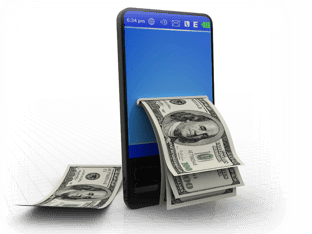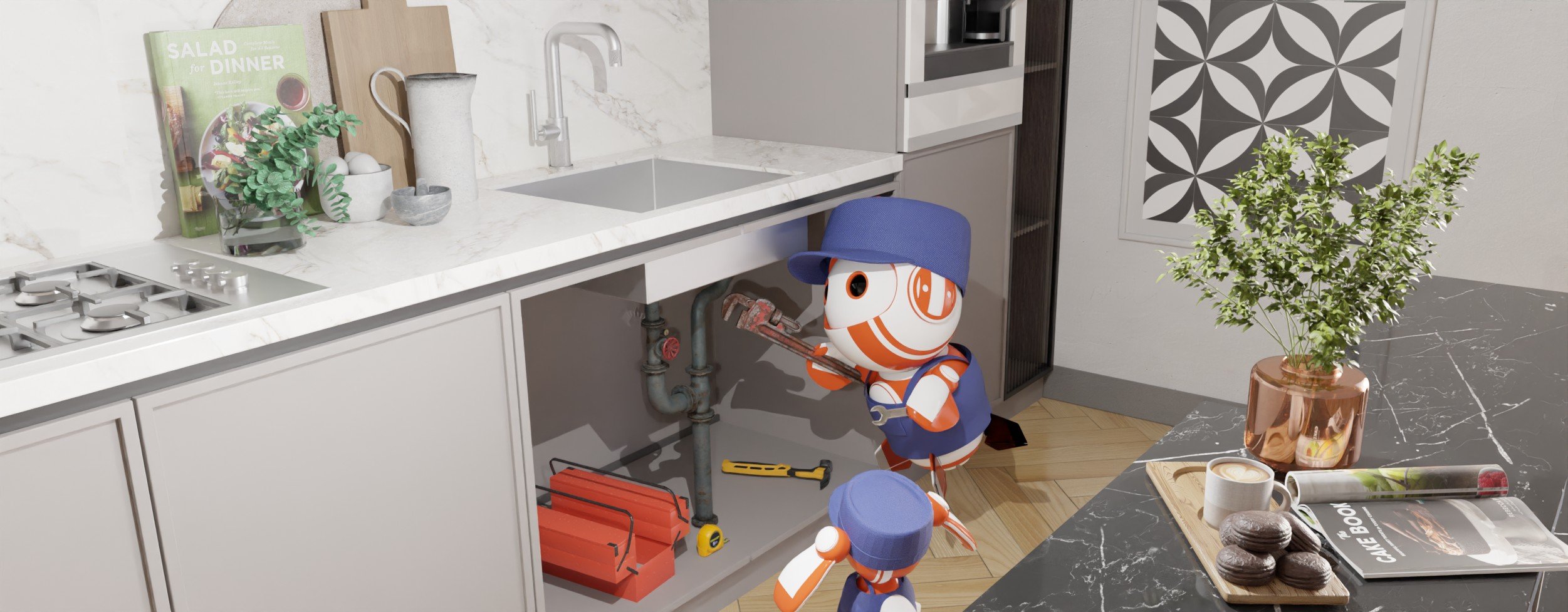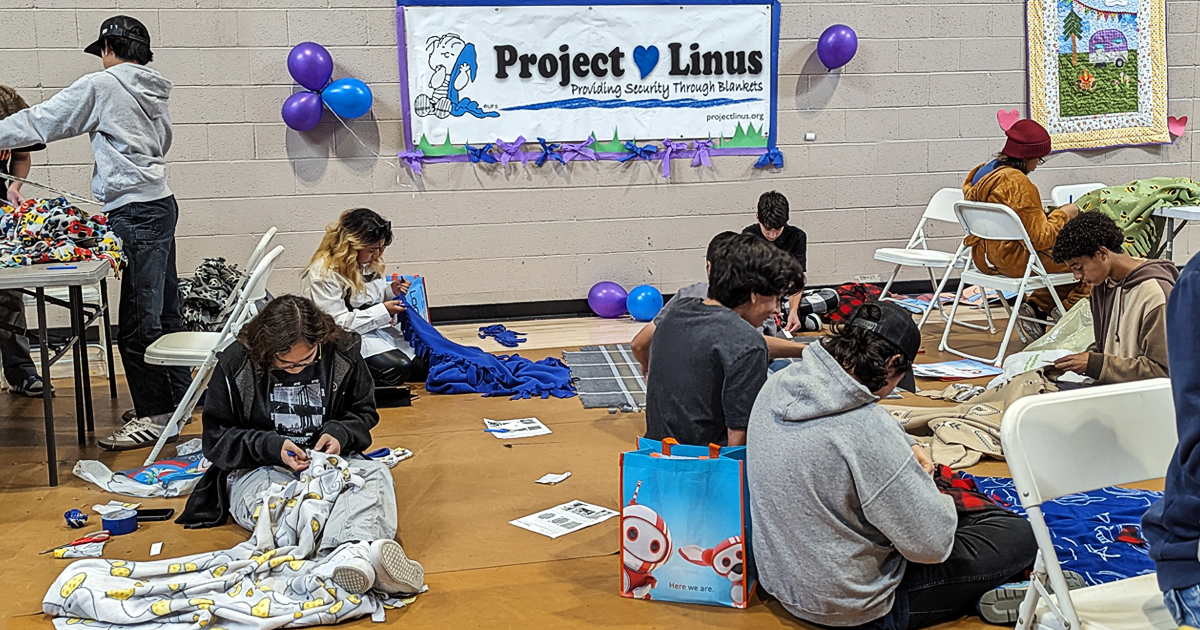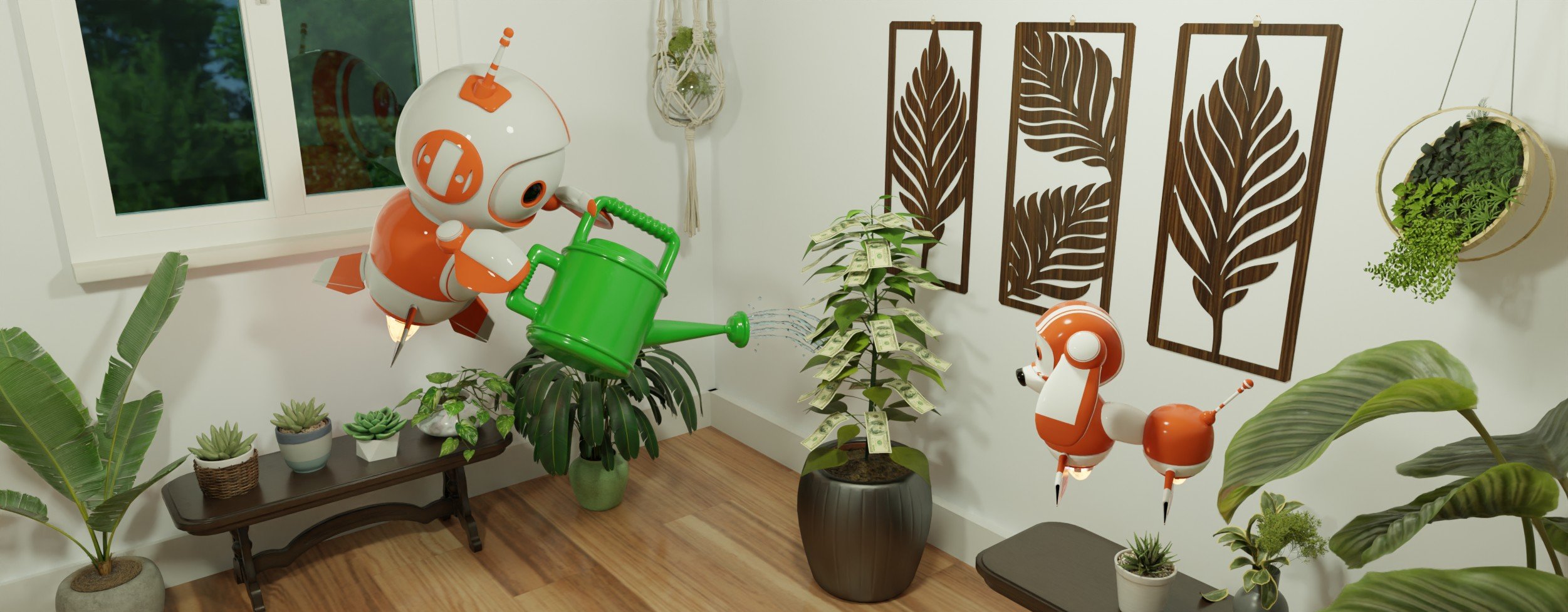In the weight-loss and body building oriented book The Four Hour Body, author Timothy Ferris talks about the power of just paying attention. People who weigh themselves daily tend to lose weight whether or not they engage in any other behavior change. Without consciously trying to “eat better” or “exercise more,” by paying attention to what you are doing, you end up making better decisions. The best part is that it feels “effortless.” When you are aware of your weight daily, you naturally make better choices without trying.
This concept has a few implications for your personal spending. The first is that most people have a tendency to spend more money with a credit card than they do with cash, as has been seen in a number of studies. With cash, you have a set amount on you at any given time, and when you make purchases with cash, you are consciously or unconsciously budgeting that money against what you have. Without trying, you are making decisions about your budget. With a credit card, it’s easier to impulse spend without being conscious of how it affects your budget.
I also personally find a natural reluctance to let money leave my pocket, just a little hint of pain when I spend that $20, or even more when I break a $50 or $100. I like the sensation of cash in my pocket, and when I consider a purchase, I always weigh against the fact that my “wad” of cash will be smaller when it’s done. I am aware, even if it’s subconscious, that purchasing one thing will mean I can purchase fewer other things later.
Credit comes with none of that sensation, and often creates the artificial sensation of “infinite” purchase possibilities.
none of that sensation, and often creates the artificial sensation of “infinite” purchase possibilities.
However, our lives are starting to be consumed with cards and soon non-card forms of payment (such as Apple Pay, where you don’t even need to pull out your credit card and just use your phone, which is probably already in your hand as you texted while waiting in line). This is great for convenience, but terrible for tracking your spending.
There are a few great tools out there for your smartphone to help you pay attention to your spending. YNAB and BudgetSimple are both very popular apps that require regular input from the user: in fact, YNAB is deliberately set up to not sync with your bank, forcing you to manually enter your transactions and giving you the experience that cash gives you, of being aware of everything you spend as you spend it.
YNAB suffers from that initial period of creating the new habit. I know folks who religiously write down everything that spend in the app (the app itself makes this easy), but getting that new habit going is a hard thing to do. BudgetSimple syncs with your bank account, so you can manually enter or simply “reconcile,” going through your purchases after the fact in order to investigate all of your choices and see how you did. Both of these are very helpful for when you have to make major life choices (can I afford a bigger apartment? Lease a newer car?), but less useful for helping with the day to day choices that make up budgeting.
Another option is mint.com, which I’ve used off and on for the last 6 years. Mint is wonderful for syncing with all of your financial systems (not only your bank, but also credit cards, investment accounts, student loans: they even sync with my state-funded retirement account) for giving you a bird’s eye view of your entire financial picture.
However, Mint suffers from the same problem that credit cards suffer from: there is no friction there. You can spend freely up to the limit of your cards and don’t have to think about what you spent until you go back to mint and evaluate your choices and see if you hit your budget. Looking through old mint transactions recently, I realized I had once gone a year without logging into the site. A year without looking at my spending at all.
“Friction-free” is often the goal of user interface design, but in this case the lack of friction makes it too easy to spend money without thinking. Here, more friction would be a good thing. Friction, after all, is the force that keeps our car on the road and not sliding off into the abyss.
I would love to see ApplePay, and its competitors, come out with a bit of friction in the form of pop up or other notifications that occur as you spend money. “You’ve now spent half of your coffee budget for the month,” it might say. But they’ll still lack the essential element that cash always had, which is that you always knew, in the back of your head, how much you had in your pocket, and you thought about it before you chose the item on the shelf, or before walking into the coffee shop. Not at the checkout line, where it might be too late.
If you do plan on using your credit card, be sure you are using some system to keep paying attention to what you spend. We are all different in our preferences for how we track it, but what’s important is that we pay attention to it, and you’ll want to find a system that works for your personality type.
NOTE from Logix Federal Credit Union:
Please note that Charles does not work for LFCU and writes from the perspective of a financial consumer. His suggestions for apps and tools for budget tracking cannot be officially endorsed by the credit union. We are proud to offer "friction" in our Logix Card Manager app, which alerts members with a push notification each time their Logix debit or credit card is used.











